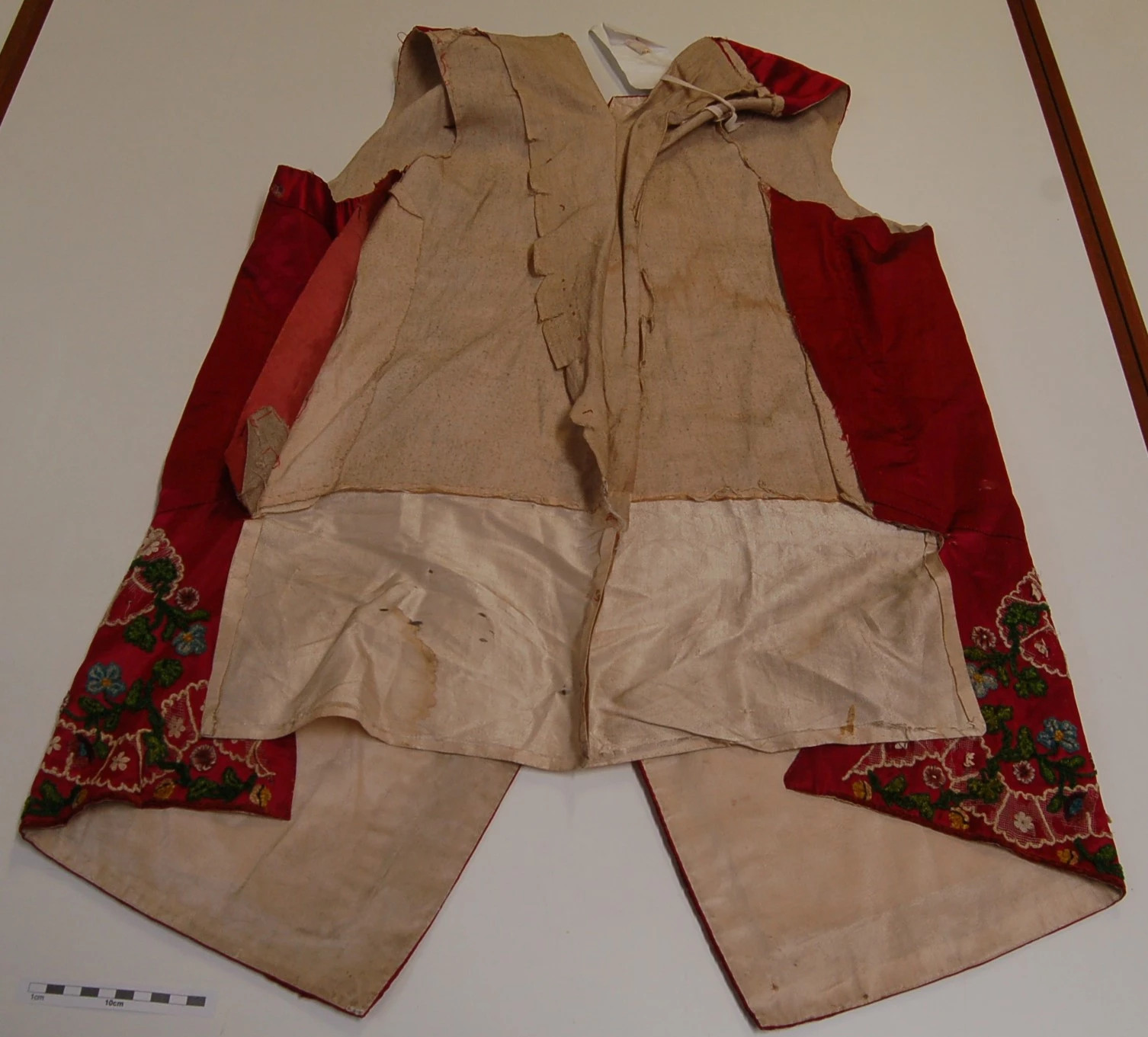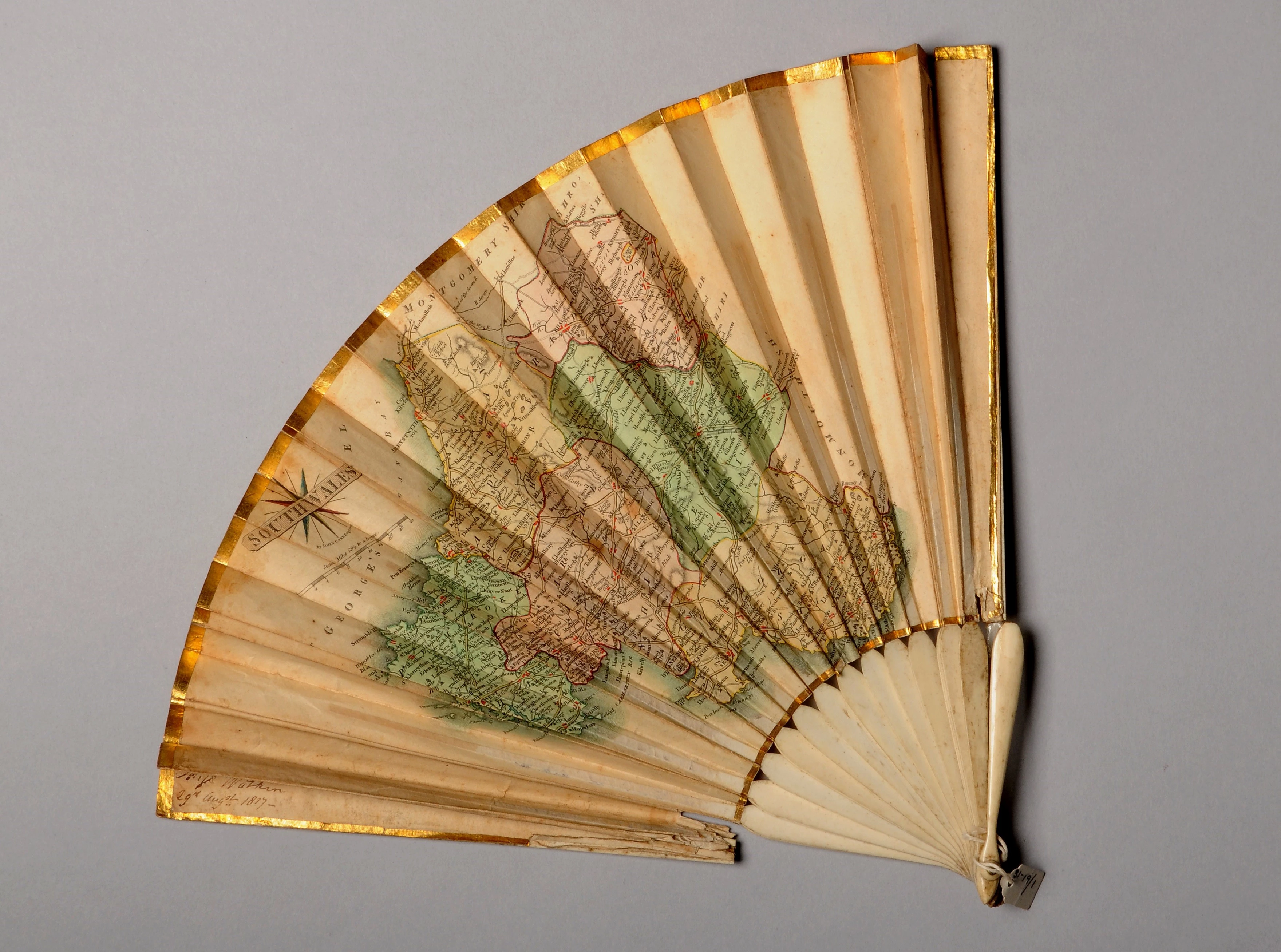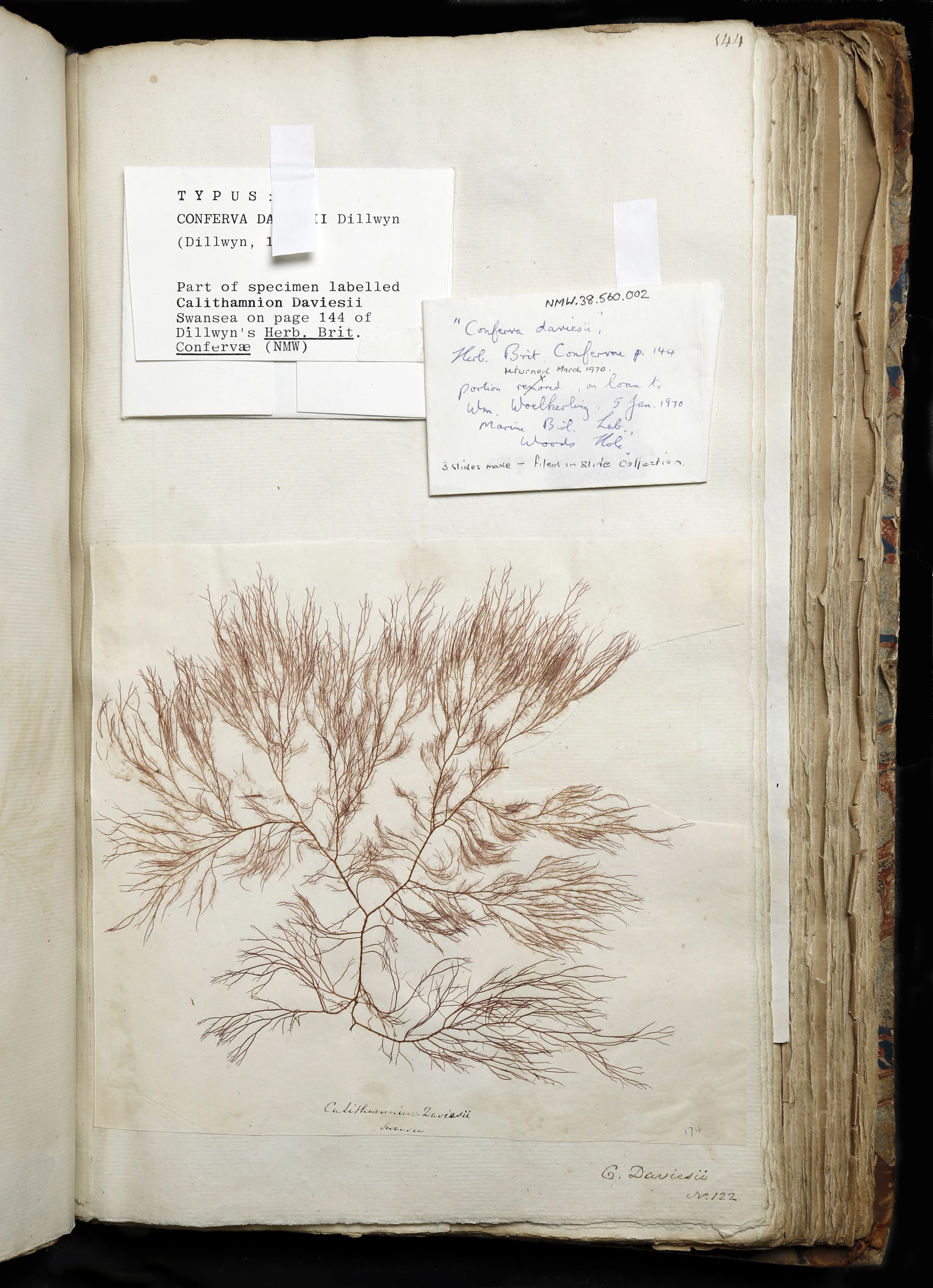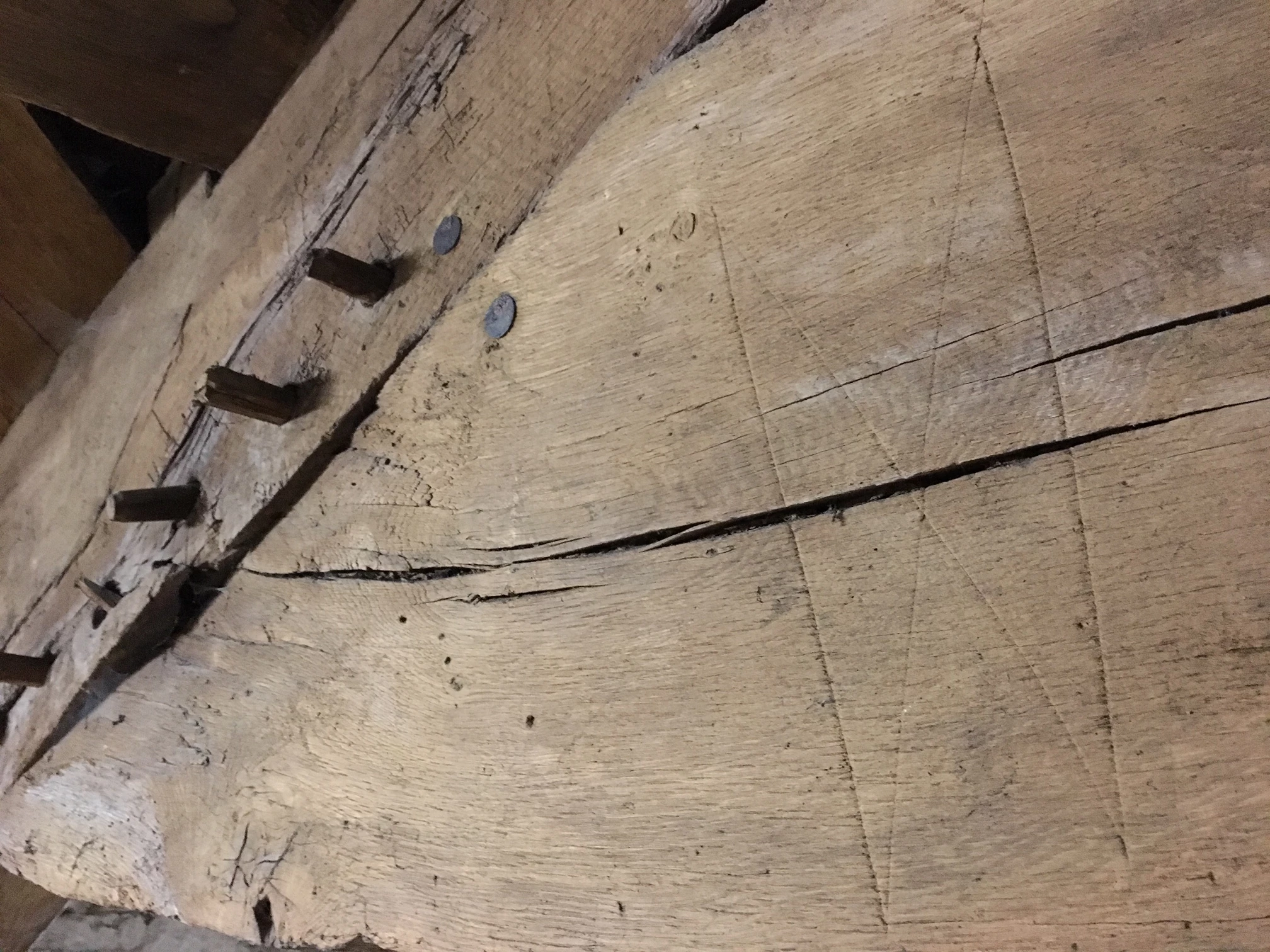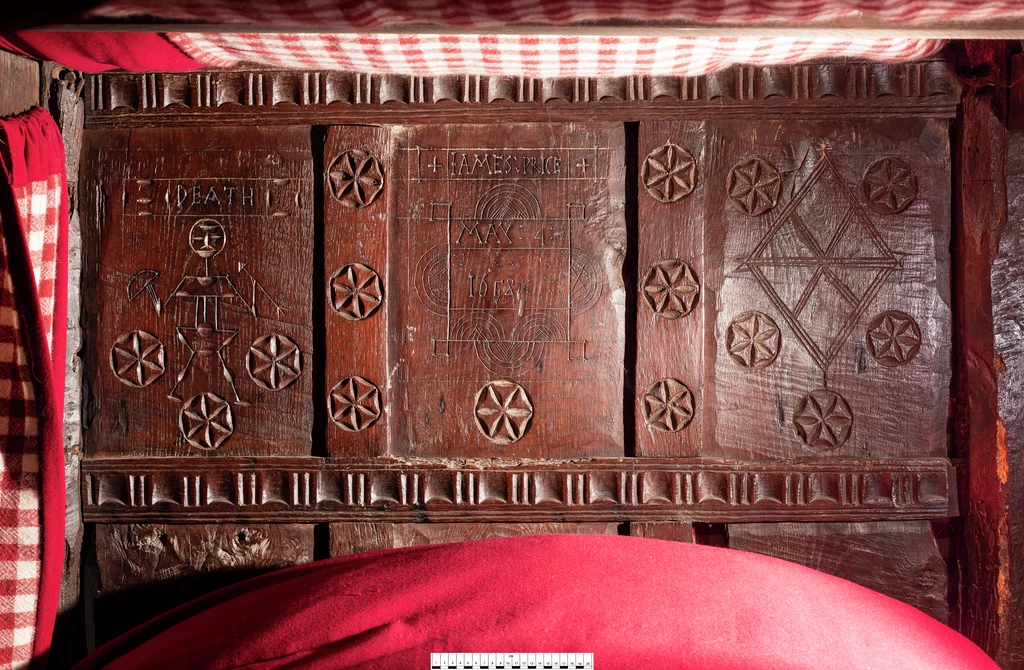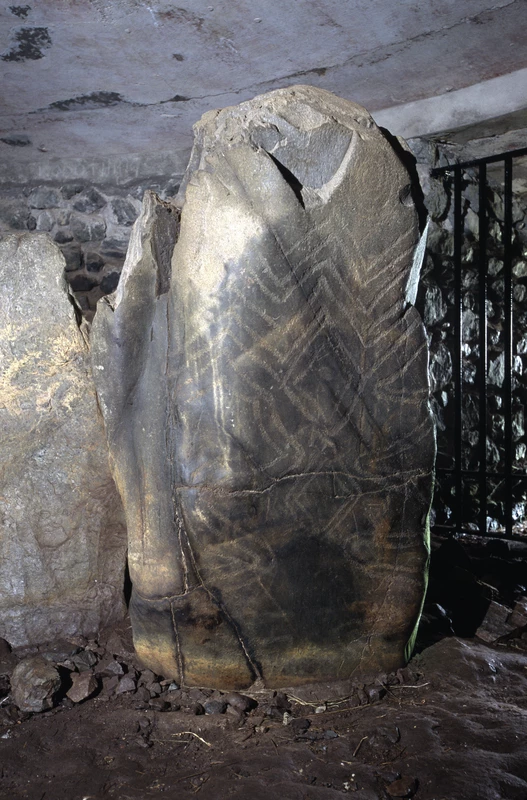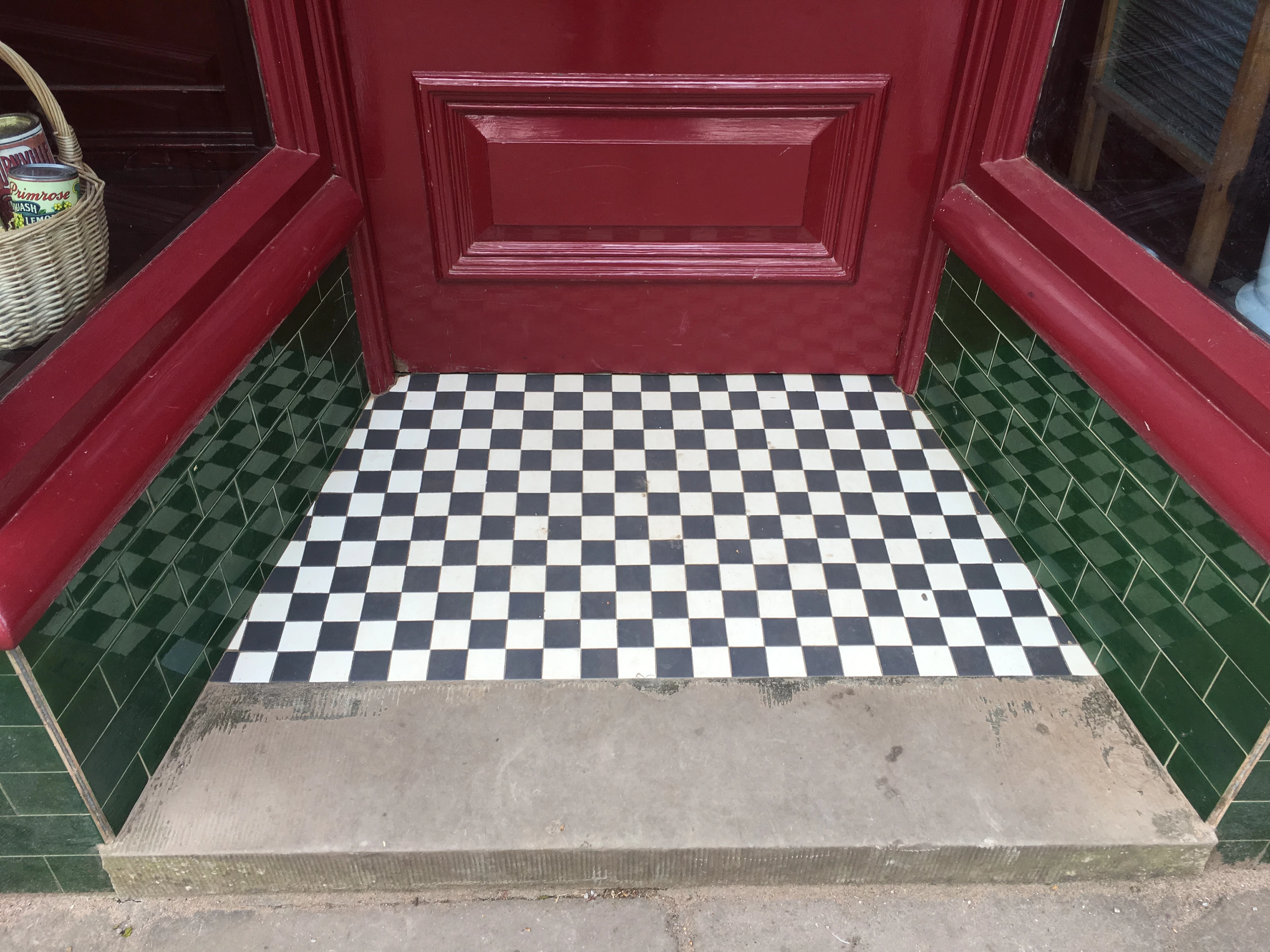Ar y cyntaf o Fai, dethlir Calan Mai. Mae'r ŵyl yn nodi dechrau’r haf a chyfnod o ffrwythlondeb a thwf. Mae toreth o draddodiadau yn gysylltiedig â’r ŵyl – rhai yn fwy rhyfedd na’i gilydd! Dyma ddetholiad o ambell i arfer sydd ar gof a chadw yn Archifau AWC.
Canu am Gildwrn yn Nhreuddyn
Yn ardal Treuddyn, ar ddiwrnod Calan Mai, byddai plant yn gwisgo dillad llaes a mynd o ddrws i ddrws yn canu cân a chario cangen wedi ei hardduno â charpiau yn y gobaith o dderbyn ychydig o gildwrn neu rodd fechan gan berchennog y tŷ. Dyma eiriau Alun J. Ingman, a anwyd yn Nhreuddyn yn 1906:
Ar ddydd Calan Mai, byddai rhai wedi paentio’u hwynebau ac yn gwisgo rhyw hen sgert a dillad llaes a mi oedd ganddyn nhw gangen, a charpiau arni hi, a mynd o ddrws i ddrws. Mi fydde ’na gân debyg i hyn: “Dawns sy’n sa’, y gangen ha’, am mor fychlawn neidio. Neidia di i ben y tŷ a mi neidia inna troso’”. Fydde hynny, a cildwrn, tipyn o gocos, yn rhwbath yn debyg i Calennig ond ar ddydd Calan Mai.
Derbyn Menyn yng Ngogledd Penfro
Yng Ngogledd Penfro, arferai gwragedd a phlant deithio o amgylch ffermdai yr ardal yn derbyn talpau o fenyn yn eu basynau. Golygai hyn y byddai ganddynt ddigon o fenyn i roi ar eu bara am wythnosau i ddod.
Penglog Ceffyl i’r Ferch a’ch Digiodd
Yng Ngogledd Cymru, byddai gwŷr ifanc yn cael gafael ar benglog ceffyl ar noswyl Calan Mai ac yn ei hongian uwchben drws morwyn neu ddrws gwraig briod a oedd wedi eu digio. Yn aml, byddai enw’r ferch anffodus wedi ei glymu i’r penglog.
Colli Gwaed ar Galan Mai
Mae Mary Davies a anwyd yn Nantyfedwen, Trefeglwys, yn 1892, yn cofio y byddai ei Nain yn mynd pob blwyddyn i gael colli tipyn bach o waed adeg Calan Mai:
Glywos i’n nhad yn dweud ei fod yn gwybod am rywun oedd yn mynd i ryw gors, ac roedd y gelod yn cydiad yn y gors, ac roedd e’n eu gwerthu nhw i’r cemist. Fydda’r cemist yn gwerthu nhw i fobol i dynnu gwaed. Bydda’r gelod yn cael eu defnyddio yn reit ddiweddar yn bydda nhw. Bydda Nain, mam ’y nhad, yn mynd pob blwyddyn i golli tipyn bach o waed. O, odd hi’n well o lawer iawn wedyn odd hi’n meddwl.
Gofyn Bendith ar Amaethwyr
Ar y dydd hwn yn ardal Llangristiolus, cynhelid gwasanaeth yn y capel i ofyn bendith Duw ar ffermwyr yr ardal.
Rhwystro’r Wrach Rhag Hudo
Ar fore Calan Mai yn Llanwennog, byddai’n arfer addurno pen y drws blaen â dail gwyrdd er mwyn atal y “witsh” rhag dod i’r tŷ a'i hatal rhag rhoi hud ar y cartref fel na allai’r teulu gorddi trwy gydol yr haf.
Godro Defaid
Arferid godro defaid yn ystod yr wythnos gyntaf ar ôl ffair Galan Mai Llanfair-ym-Muallt ac yna eu gadael yn hesb nes fis Hydref.
“Cadw Gofid Mâs o’r Tŷ”
Yn ardal Cydweli, byddai rhai yn addurno y drws blaen gyda changhennau coed ynn er mwyn “cadw gofid mâs o’r tŷ” ac i atal gwrachod ac ysbrydion, a oedd yn arbennig o ddrygionus ar ddechrau Mai yn ôl y sôn, rhag chwarae triciau ar y trigolion.
Ffeiriau Cyflogi
Cynhelid ffeiriau cyflogi mewn llawer tref yng Nghymru ar ddiwrnod Calan Mai. Byddai gweision a morwynion yn cael eu cyflogi am flwyddyn ac yna’n dychwelyd i’r ffair mewn deuddeng mis neu symud i ardal arall er mwyn ceisio gwell cyflog. Dyma eiriau Rhys Morgan, a anwyd yn 1875 yng Nghorneli Waelod, ger Pen-y-bont ar Ogwr:
Odd May Day pryd ’ny. Dydd Cala-Ma’. A dyna’r dydd on nhw’n ych dewis chi. Os och chi’n moin jobyn, och chi’n gofyn i’r fferm a on nhw’n setlo ar arian. Odd pob un yn Ben-bont, odd gweision ffermydd a lot o’r ffermwyr hefyd 'ny. Bydde chi’n clywed “Ma ishe gwas yn New Park, ma ishe gwas yn y Grove”. Wel nawr, och chi nawr yn mynd i edrych, bydde’r ffarmwr ddim yn dod atoch chi. Pedwar ucen mlynedd yn ôl - dydd mawr. Sdim sôn amdano fe nawr.








